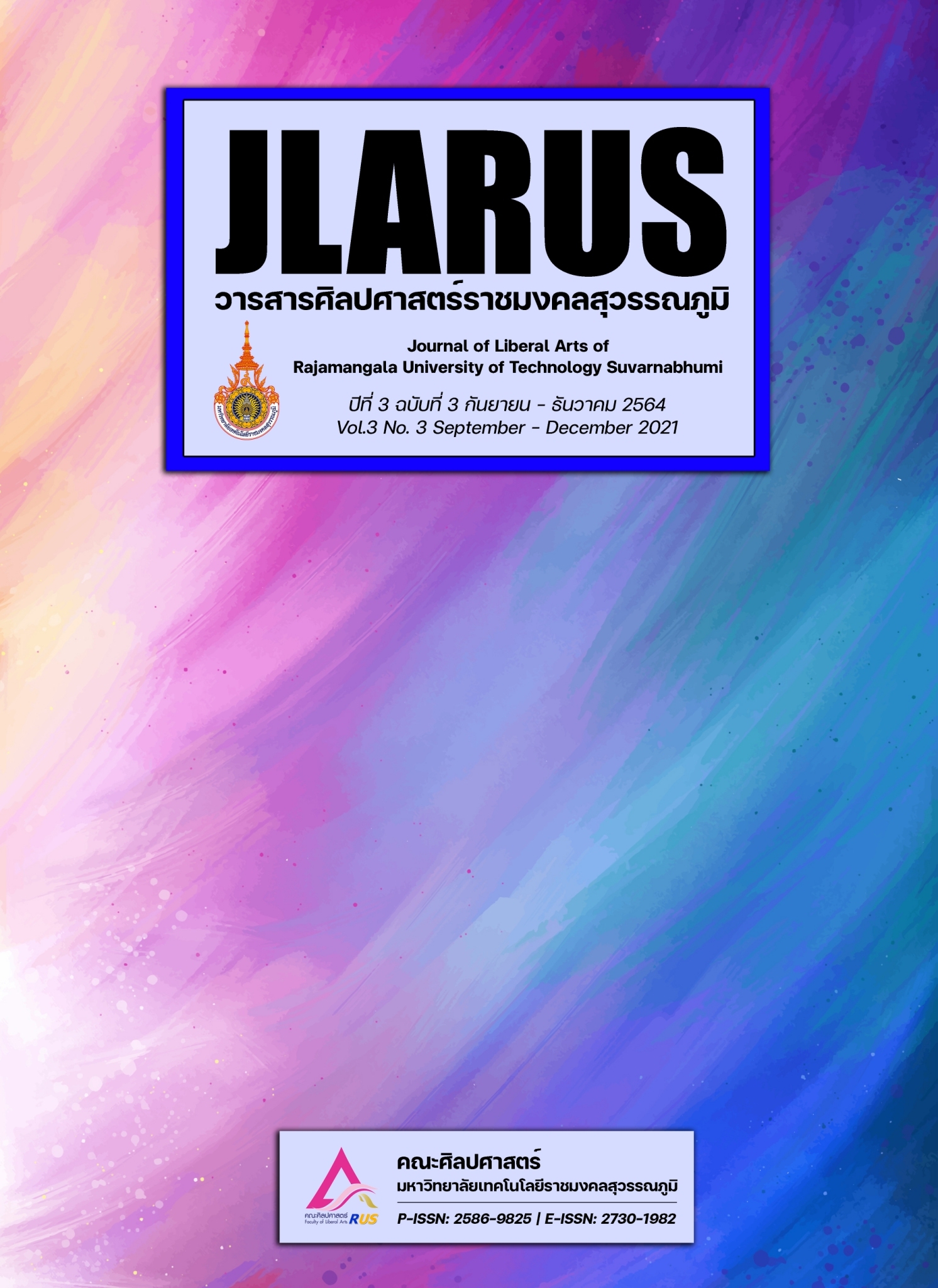MARKETING MIX FACTORS COMMUNITY BASED TOURISM A CASE STUDY OF ELEPHANT VILLAGE KRAPHO SUB-DISTRICT SURIN PROVICEC
Main Article Content
Abstract
The Objectives of this article were 1) to study the behavior of Thai tourists towards community-based tourism: a case study of Chang Village, Krapho Sub-district, Tha Tum District, Surin Province 2) to study the marketing mix factors of community-based tourism: a case study of Chang Village, Krapho Sub-district Tha Tum District, Surin Province. This research is a quantitative research. The sample consisted of 400 Thai tourists who traveled to Chang Village, Krapho Sub-district, Tha Tum District, Surin Province, using simple random sampling method. The tools used were questionnaires. Data were analyzed using percentage, mean and standard deviation.
The results of the research were as follows: 1) Based on the behavioral data of Thai tourists towards community-based tourism, a case study of the Elephant Village, it was found that most of the samples were female, ages between 20-29 years old, undergraduate, employees/ government officers/ state enterprises and civil servants by occupation, northeastern domicile, monthly income between 10,001-20,000 baht and most of them were received the sale promotion via social media online. Their needs from tourism were relaxation and fulfillment motivating by culture and wisdom. The community-based tourism marketing mix factors (7 P's) data was in the high level of physical nature, product, process, distribution, personnel, promotion and price respectively.
Article Details
References
กระทรวงการท่องเที่ยวและกีฬา. (2563). โควิด-19 กับผลกระทบต่อการท่องเที่ยวไทย. สืบค้น 11 ตุลาคม 2563. จาก https://www.mots.go.th/download/TourismEconomicReport /4-1TourismEconomicVol4.pdf.
ธงชัย สันติวงษ์. (2540). พฤติกรรมผู้บริโภคทางการตลาด. กรุงเทพมหานคร: ไทยวัฒนาพานิช.
ธานิน ศิลป์จารุ. (2555). การวิจัยและวิเคราะห์ข้อมูลทางสถิติด้วย SPSS และ AMOS. (พิมพ์ครั้งที่ 13). กรุงเทพมหานคร: บิสซิเนสอาร์แอนด์ดี.
พงศธร เกษสาลี. (2543). คู่มือการจัดการท่องเที่ยวโดยชุมชน (Community Based Tourism Handbook). กรุงเทพมหานคร: โครงการท่องเที่ยวเพื่อชีวิตและธรรมชาติ.
พงศ์พสิน ดวงเกต. (2557). ส่วนประสมทางการตลาดบริการที่มีอิทธิพลต่อการท่องเที่ยวหมู่บ้านช้าง บ้านตากลาง จังหวัดสุรินทร์ (วิทยานิพนธ์ปริญญามหาบัณฑิต). ขอนแก่น: มหาวิทยาลัยขอนแก่น.
พิพัฒน์ รัชกิจประการ. (2563). รมต.พิพัฒน์“ดัน”อพท."ผนึกเครือข่ายรับท่องเที่ยววิถีชีวิตใหม่ผุดโปรแกรมทัวร์สัมผัสชุมชน 81 แห่ง เจาะตลาดคุณภาพ. สืบค้น 19 กันยายน 2563. จาก https://www.mots.go.th/News-view.php?nid=12919.
ยุทธศักดิ์ สุภสร. (2561 ก). การนำเสนอทิศทาง การส่งเสริมการท่องเที่ยว ของ ททท. ปี 2563. สืบค้น 11 ตุลาคม 2563. จาก https://www.tatreviewmagazine.com/article/tourism-direction-2020/.
ยุทธศักดิ์ สุภสร. (2563 ข). ททท.เร่งเปิดเกมรุก (หวัง) ฟื้นอุตสาหกรรมการท่องเที่ยวหลังโควิด. สืบค้น 11 ตุลาคม 2563. จาก https://www.prachachat.net/tourism/news-486760.
เสรี วงษ์มณฑา. (2542). กลยุทธ์การตลาด การวางแผนการตลาด. กรุงเทพมหานคร: ธีระฟิล์มและไซเท็กซ์.
Cochran, W.G. (1953). Sampling Techiques. New York: John Wiley & Sons. Inc.
Coltman, Michael M. (1989). Tourism Marketing. New York: Van Nostrand Reinhold.
Kotler, Philip. (2000). Marketing Management (The Millennium edition). Upper Saddle River, New Jersey: PersonPrentiec Hall.
Likert, R.A. (1932). Technique for the Measurement of Attitude. Arch Psychological, 25(140), 1–15


